Linearization and calibration
13/11/15 08:57 Filed in: Linearization and calibration | Printing
To get the best results, we measure dot area using the black (visual) channel of a densitometer or spectrophotometer.
When silver ink is used, the procedure is straightforward. We measure the paper as the substrate and the 100% silver as the solid. Using a polarized device provides a slightly better result (mostly because there is more dynamic range in the measurements from polarized measurements on silver ink) but unpolarized devices generally provide a good result as well.
Measuring white on metallic substrates is done differently. The measurement sequence must use the metallic substrate as the “paper” and the 100% white as the solid. Under these conditions, the values stated on the targets must be converted manually (25% is actually 75%, etc.) as expected. Polarized or unpolarized measurement is generally not an issue because with metallic substrates there is plenty of contrast. Still, some measuring devices have problems measuring more reflective materials. New or recently manufactured instruments should not present a problem.
Printers often do not think about white tone curves. They worry about the opacity of their white ink, and as a result often lay too much white down. Measuring and adjusting the white tone curve is important.
When silver ink is used, the procedure is straightforward. We measure the paper as the substrate and the 100% silver as the solid. Using a polarized device provides a slightly better result (mostly because there is more dynamic range in the measurements from polarized measurements on silver ink) but unpolarized devices generally provide a good result as well.
Measuring white on metallic substrates is done differently. The measurement sequence must use the metallic substrate as the “paper” and the 100% white as the solid. Under these conditions, the values stated on the targets must be converted manually (25% is actually 75%, etc.) as expected. Polarized or unpolarized measurement is generally not an issue because with metallic substrates there is plenty of contrast. Still, some measuring devices have problems measuring more reflective materials. New or recently manufactured instruments should not present a problem.
Printers often do not think about white tone curves. They worry about the opacity of their white ink, and as a result often lay too much white down. Measuring and adjusting the white tone curve is important.